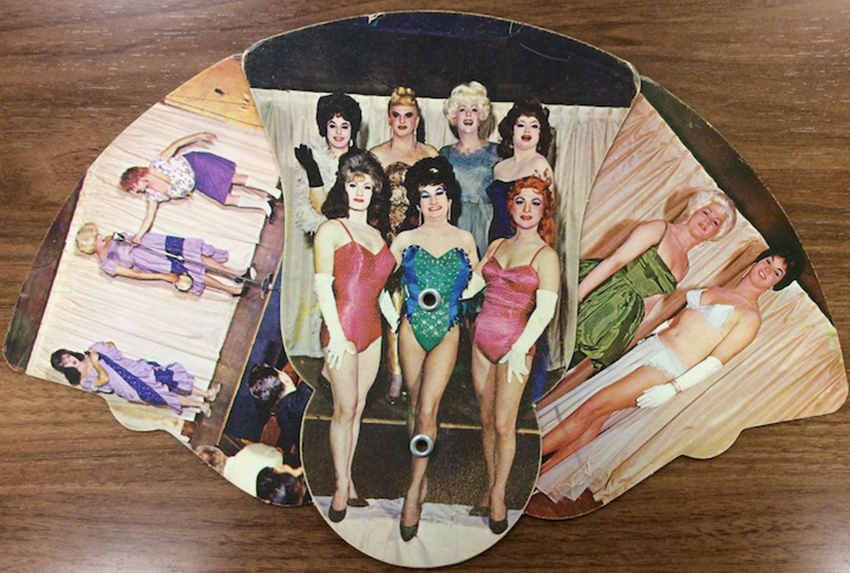Although all of my degrees have been in film and media studies, I have always considered myself to be primarily a cultural studies person. When I joined the faculty at UCI, I was excited to teach in an interdisciplinary graduate program: Visual Studies.
In my research, I’ve written on home video, video art, documentary, queer media, and pornography. In a number of cases, this work has come out of archival discoveries that led me to pursue unexpected projects, and this has also often meant retraining myself in new fields and methods. Across my work, I’ve striven to balance attention to historical grounding and theoretical imagination, form and politics, specificities and the bigger picture.
Currently, I’m working on the cultural and political histories of gay male bars and nightclubs in the United States, from the 1960s to the present. A number of micro histories exist for specific bars or cities, often focusing on the early 20th century. What we don’t have, however, is a broader view of gay bars during their most pervasive and publicly visible era, as the central gay cultural institutions that were at once both local and national (and international). Gay bars were where numerous forms of gay political organizing and subcultural distinctions importantly first took shape. My project attempts to account for these histories.
For several years now, I’ve been conducting extensive archival research across the country to document the fascinating and multifaceted history of gay bars—especially beyond the relatively familiar contexts of New York and San Francisco. What I’ve found is that similar issues and strategies recur across the country. For instance, protests against specific bars’ racist and sexist door policies became central strategies for addressing discrimination in the gay community more broadly in virtually every city in the U.S. Likewise, urban renewal efforts and gay home ownership booms have been bound up with gentrification of neighborhoods that have alternately displaced gay venues and displaced minority populations. I’ve allowed my findings to drive the shape of my project, including what might be some unexpected stories and case study sites—from drag lounges in 1960s Kansas City to new sex laws and masculinities in 1970s Denver to coalition politics in 1980s Atlanta to stand-off protests in 1990s rural Pennsylvania. And, of course, there will also be dancing and leather.
One of the things I appreciate about UCI has been that it has been so supportive of my research evolution, which has at times exceeded traditional disciplinary boundaries.


